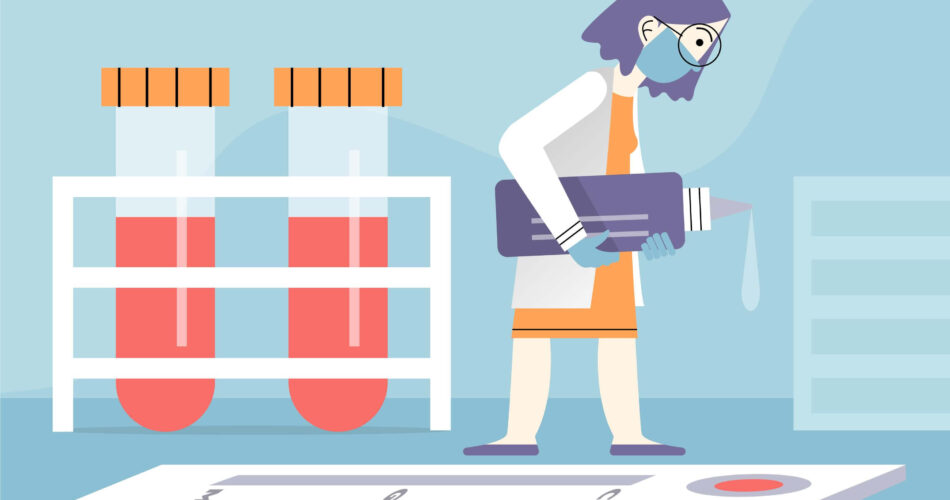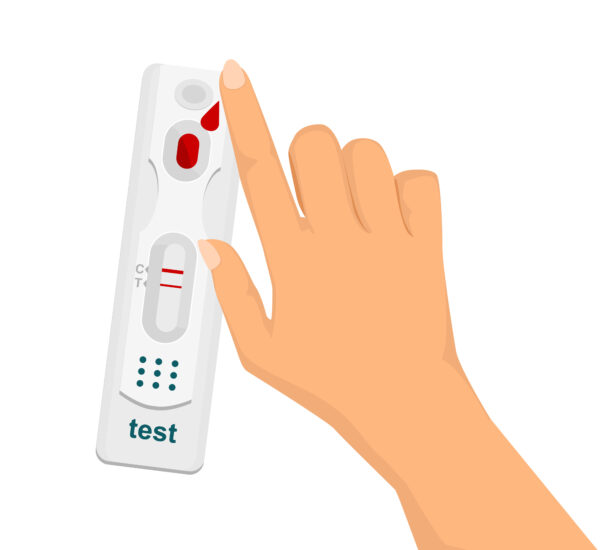HIV testing is essential for early diagnosis, treatment, and prevention of the virus. But with so many HIV test kit types available, choosing the right one can feel overwhelming, especially as each type can offer unique benefits and uses. This article will explore the main types of tests, including how they work, their accuracy, and what to expect. By understanding each type of test, you can make informed choices about HIV testing, whether for yourself or to help others.
Types of HIV Test Kits and Their Importance
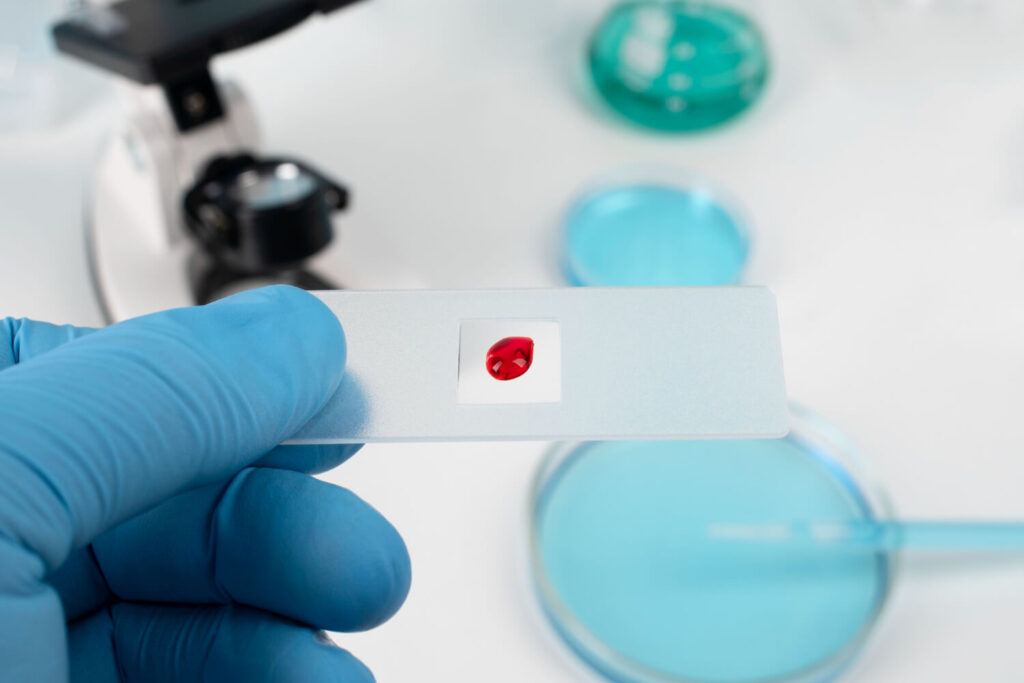
Ideally, individuals with recent exposure to HIV may not feel any symptoms of HIV. That’s why undergoing HIV screening such as an HIV test is encouraged by experts. Doing so will help detect HIV at its early stage before it becomes fatal like AIDS. In that case, being familiar with the HIV test kit types is crucial for an accurate test result.
Below are the main categories of HIV test kits, let’s get to know each of them!
Antibody Test
Antibody test is one of the most widely used HIV test kit types, primarily because it is effective and affordable. This test detects antibodies produced by the immune system in response to HIV, often found in blood or oral fluid. It is effective but only accurate after the window period of 3-12 weeks following exposure. While reliable, they may not detect recent infections.
Moreover, such an HIV test kit type is ideal for routine screening and those who may have been exposed to HIV beyond the initial window period. It is often used in community testing programs due to its efficiency and ease of use.
Antigen Test
Meanwhile, this test can detect specific viral proteins in the blood. Commonly, antigens appear within 2-4 weeks of HIV infection, allowing for earlier detection than antibody-only tests.
HIV antigen tests are highly accurate in the early stages and can detect HIV infection sooner than antibody tests alone. However, the antigens decrease after a few weeks as antibodies develop. Its window period is 2 to 6 weeks after exposure, so remember to not take the test within that period.
Combination Test
Aside from the other HIV test kit types, the fourth-generation HIV test or combination test involves both antibody and antigen testing. It offers one of the earliest and most accurate ways to detect HIV. It can identify both the HIV p24 antigen and antibodies, making them effective within 2-4 weeks of possible exposure.
The fourth-generation HIV test has high sensitivity and is effective even in early-stage HIV. Thus, providing accurate results as early as two weeks post-exposure. This test is ideal for those who need early and reliable HIV detection, as healthcare settings for their accuracy and ability to catch recent infections.
Nucleic Acid Test (NAT)
The nucleic acid test (NAT) for HIV is a molecular test that detects the virus’s genetic material directly. This type of test is highly sensitive and can detect HIV much earlier than antigen or antibody tests, usually within 7-10 days after infection.
NAT is known for its high accuracy in detecting HIV during the acute phase of infection when viral load is high. It is considered the gold standard for early detection.
Read this related blog: Exploring Different HIV Test Types: Choosing the Right Test for You
Sub-category HIV Test Kit Options
Aside from the main categories, there are HIV test kit types or options available that individuals with HIV must understand. When it comes to proper HIV diagnosis, there are specific options available to detect human immunodeficiency virus and identify HIV status. Let’s break them down by identifying their purpose and time window for accurate results.
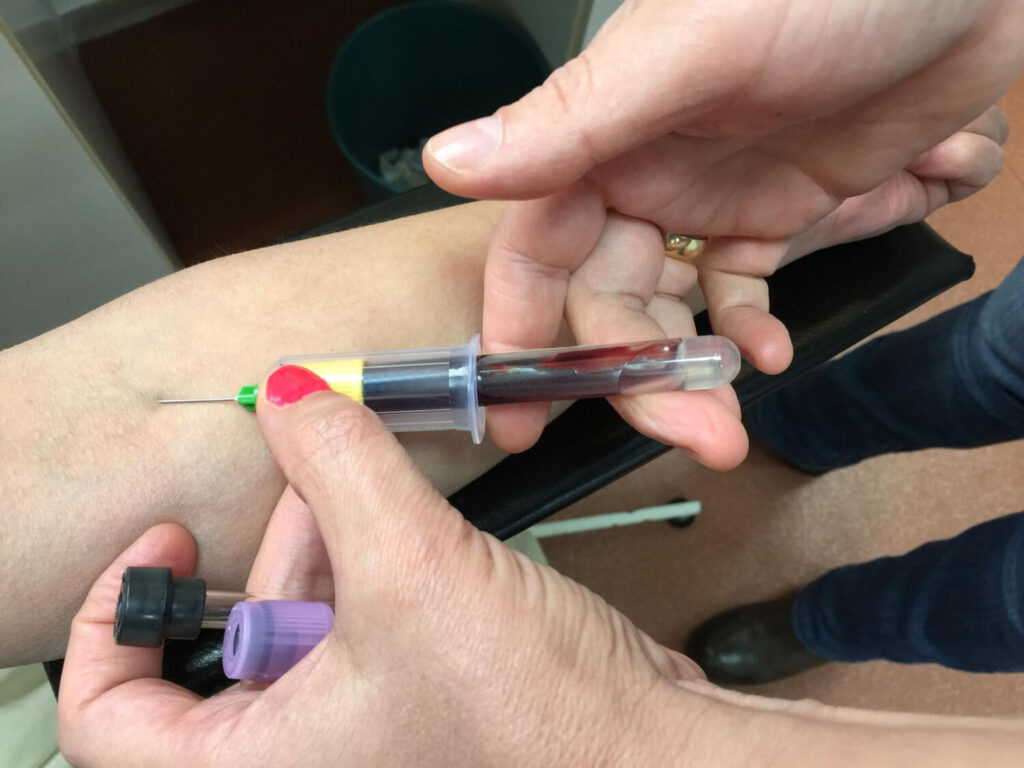
Rapid HIV Test Kit
Rapid HIV test is known for providing quick results in less than 30 minutes. This kit usually uses a blood sample from a finger prick or oral fluid, making them minimally invasive and easy to administer.
Moreover, this kind of test is widely available in clinics, community health centers, and for at-home use, allowing individuals to receive results without long waits. Thus, making it a common choice when signs of the virus are present.
- Sensitivity and Accuracy: Rapid HIV test kits generally detect HIV antibodies, meaning they’re best used after the “window period,” which is typically 3-12 weeks after exposure. While accurate, they may not detect the virus as early as other types.
- Usage Recommendation: Ideal for individuals seeking immediate results and willing to confirm with further testing if needed. Also, tests like this are commonly used in situations such as emergency testing scenarios.
Oral HIV Test Kit
Meanwhile, an oral HIV test kit is also non-invasive and easy to use, making it popular for home testing. It uses oral fluid samples, which can be retrieved by swabbing the inside of the cheek and gums. Afterward, it is then placed in a testing vial to detect HIV antibodies.
- Sensitivity and Accuracy: The oral fluid test is less sensitive than blood-based tests. Its accuracy rate remains high but will depend on the person’s HIV exposure timeline and their methods for collecting a sample of oral fluid.
- Usage Recommendation: These tests are convenient for those preferring a non-invasive approach. It’s best to not eat or use oral care products before taking the test.
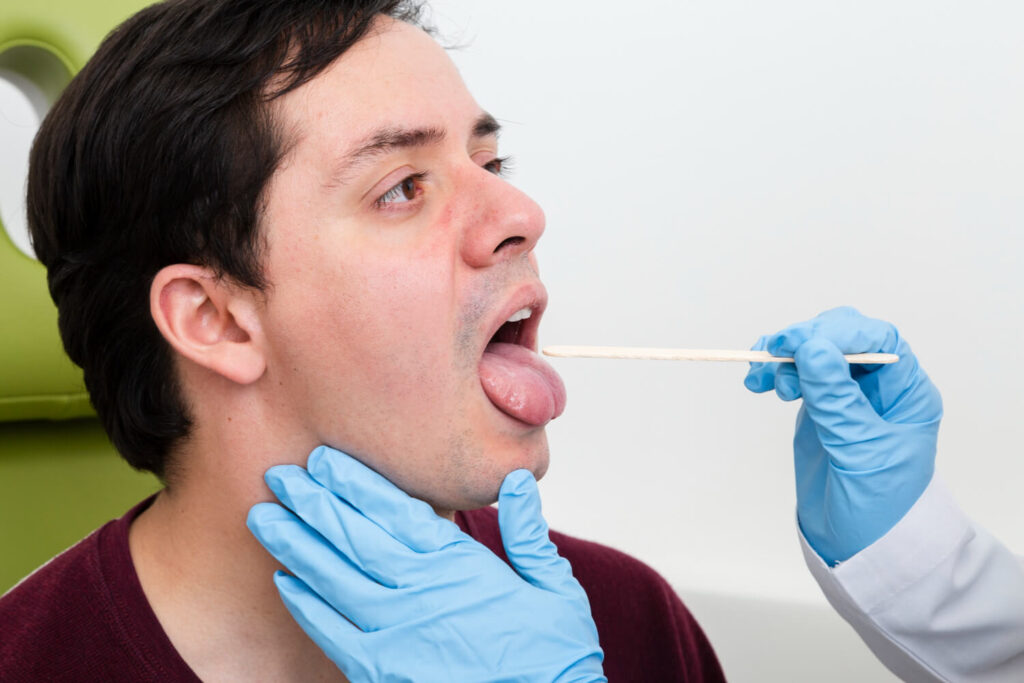
Blood-Based HIV Test Kits
Blood-based tests, which involve drawing blood from a finger prick or vein, are among the most accurate forms of HIV testing. These tests can detect HIV antibodies and antigens, making them a reliable option for early detection. In short, most HIV test kit types under this format are HIV antibody tests, HIV antigen tests, and combination tests.
- Sensitivity and Accuracy: Blood-based tests can identify the virus sooner than oral or rapid tests, especially with a venous blood sample.
- Usage Recommendation: This test is recommended for high risk individuals who need a more sensitive test. Clinics and hospitals typically use blood-based kits for reliable and early diagnosis. Thus, allowing patients to receive early HIV treatment like antiretroviral therapy.
HIV RNA Test Kits
HIV RNA test or HIV viral load test can detect the actual HIV virus in the blood, rather than antibodies or antigens. This test falls under the nucleic acid test (NAT), which can identify HIV infections within 1-2 weeks of exposure. One of the available tests under this category is RT-PCR.
- Sensitivity and Accuracy: RNA test is highly sensitive and can detect the virus within days of exposure. It is often more costly than other methods but can provide nearly immediate results.
- Usage Recommendation: This type of test is recommended for individuals with high exposure risk who require immediate and precise results.
HIV Self-Test Brands
Lastly, self-test kits are also recognized as an HIV home test due to being available for purchase at pharmacies or online. Thus, allowing individuals to test for HIV at home using either oral fluid or blood. Some self-test kits are rapid tests, while others require lab processing for results.
- Sensitivity and Accuracy: The accuracy of self-test kits varies based on the type (oral fluid vs. blood-based) and the test’s sensitivity. Self-tests may be less accurate if not performed correctly, so it’s essential to follow up with a professional test if the result is positive.
- Usage Recommendation: Self-tests offer convenience and privacy, making them ideal for individuals preferring a discreet option. They should be used as an initial screening, with follow-up testing if necessary.
Frequently Asked Questions (FAQs)
Which health departments should I go to take the test?
For HIV testing, individuals can visit health departments, clinics, or healthcare providers to get tested. Additionally, self-test kits are available for purchase at pharmacies or online, providing a convenient option for testing at home. It is important to choose a testing method based on individual preferences and needs for accuracy and privacy.
Are all the HIV test kit types accurate for HIV diagnosis?
All HIV test kit types, including rapid tests, laboratory-based tests, and self-test kits, are accurate for HIV diagnosis when used correctly. However, it’s essential to consider the sensitivity and specificity of each type of test to ensure reliable results. It is recommended to follow up with a healthcare provider for a confirmation test.
How to read HIV test results?
Test result reading may vary depending on the type of HIV test kit. However, if you are wondering about the interpretation of a home test like rapid tests and self-test kits, it’s quite easy. Usually, the test kit packaging involves easy-to-understand instructions, which may involve interpreting lines or symbols displayed on the kit.
Make sure to follow the instructions provided in the kit to interpret the results correctly. If there is any confusion or doubt about the results, it is advisable to seek guidance from a healthcare professional for clarification and further testing if needed.
Final Takeaway
Choosing the appropriate HIV test kit is a critical step in managing your health and ensuring early detection. Each type of HIV test offers unique benefits, suited for different stages of infection and personal needs. If you’re considering an HIV test, consult a healthcare provider to discuss the best option for you.
Schedule an appointment with an infectious disease doctor today!
